Dictionary
Square
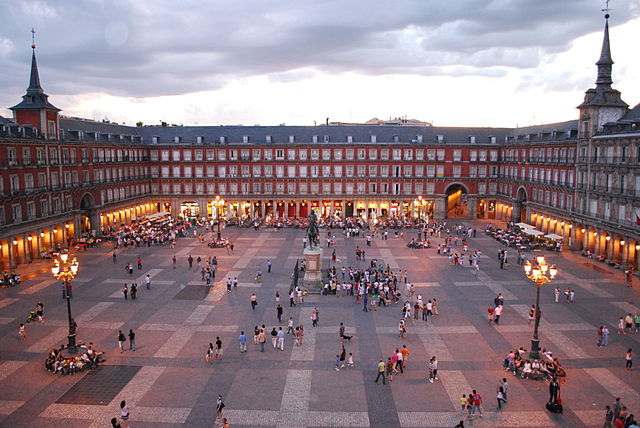
- Example:
-
The children play in the square.
Los niños juegan en la plaza.
- Spanish word:
-
Plaza
- Audio:

The children play in the square.
Los niños juegan en la plaza.
Plaza

Well guys, this is the last place:
It is Trafalgar Square, an important historical square in London.

An open area surrounded by buildings in a town, or city.
Espacio grande al aire libre rodeado de edificios en un pueblo o ciudad.
The children play in the square.
Los niños juegan en la plaza.
 This is the last place:
This is the last place: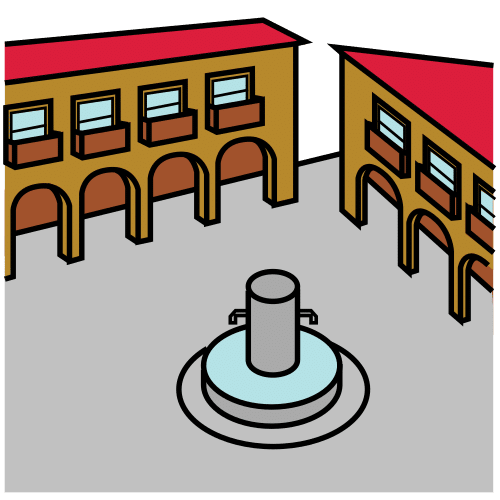 Trafalgar Square is an important square in London.
Trafalgar Square is an important square in London.
Hi!
This is what you learned:
- To give directions.
- To talk about places.
- To locate on a map.
- To appreciate the enjoyment of traveling and discovering new places.
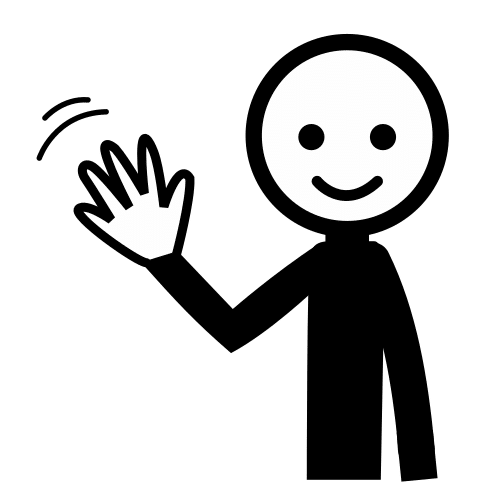 Hello.
Hello.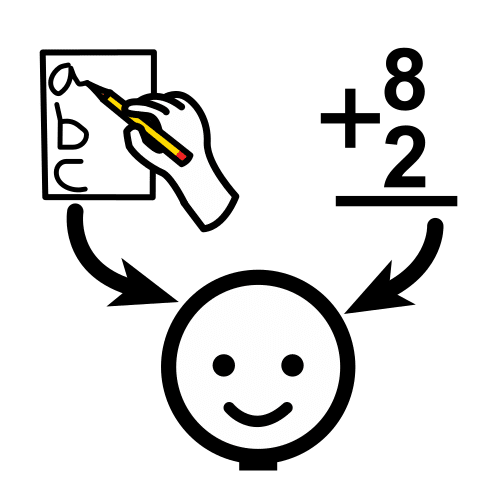 You learned:
You learned: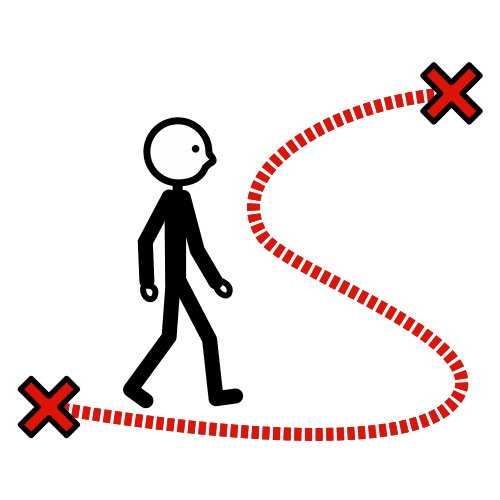 To give directions.
To give directions.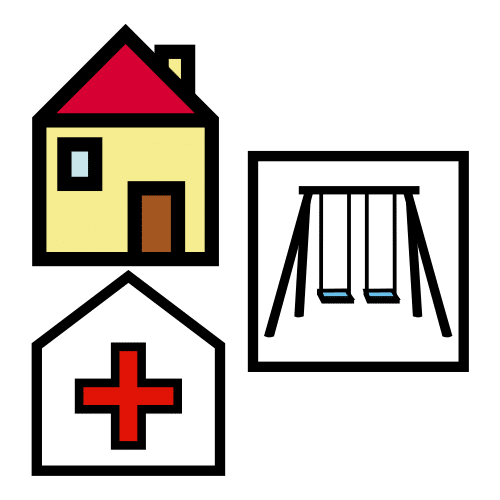 To talk about places.
To talk about places. To locate on a map.
To locate on a map. To appreciate the enjoyment of traveling.
To appreciate the enjoyment of traveling.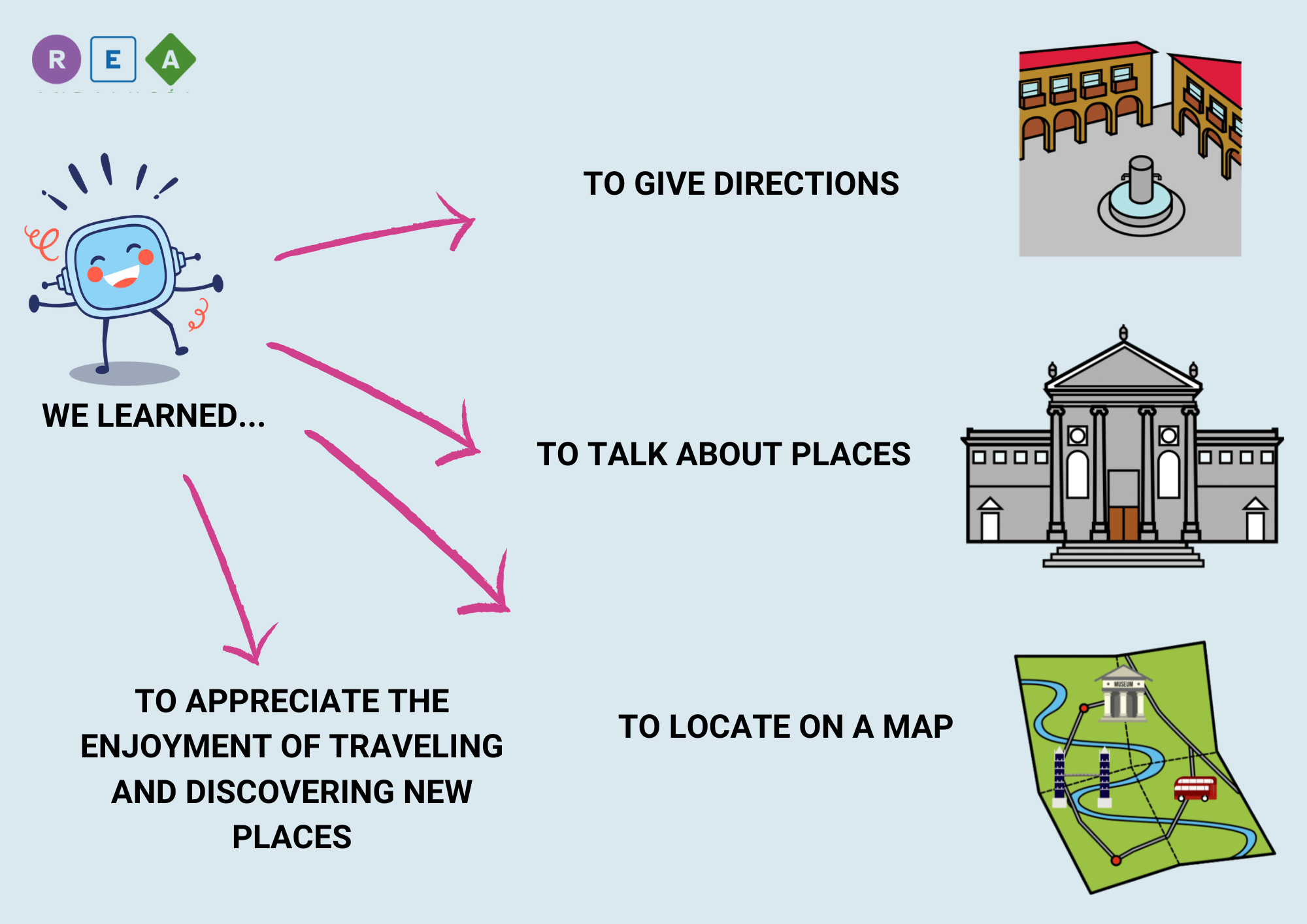
To conclude, let's remember the strategy or "trick" that you have learned during this challenge. We taught you this strategy or "trick" and you worked on it in the section “I build my information”. Go back to that section and review for a moment what it consisted of and how it helped you to achieve the challenge we proposed to you.
Now open the Learning Diary and complete the last page. In this section you will keep valuable information about the strategy, in which activities you have applied it, whether it has been useful and what has been the most difficult for you.
Keep up the good work, you're doing great!
For your efforts you have earned your first badge here, which you will be credited with as Congratulations!
Remember:
Para concluir, vamos a recordar la estrategia o el “truco” que has aprendido durante este reto. Esta estrategia o “truco” te lo enseñamos y lo trabajaste en el apartado “I build my information”. Vuelve a dicho apartado y repasa un momento en qué consistía y cómo te sirvió para llegar a conseguir el reto que te proponíamos.
Abre, ahora, el Diario de Aprendizaje y completa su última página. En este apartado guardarás información valiosa sobre la estrategia, en qué actividades las has aplicado, si ha sido útil y qué te ha resultado más difícil.
¡Sigue trabajando así! ¡Lo estás haciendo genial!
Por tu esfuerzo has conseguido aquí la primera insignia que te acreditará como Mega-Aprendiz.
¡Enhorabuena!
Recuerda:

Now you are able to move around a map.
Let's try to follow directions on a different map!
It is a map of Andalusia.
You can search images on the Internet to learn important places in Andalusia.
Then, you can use them to move around the 8 provinces like in the task.
 Now you move around a map.
Now you move around a map.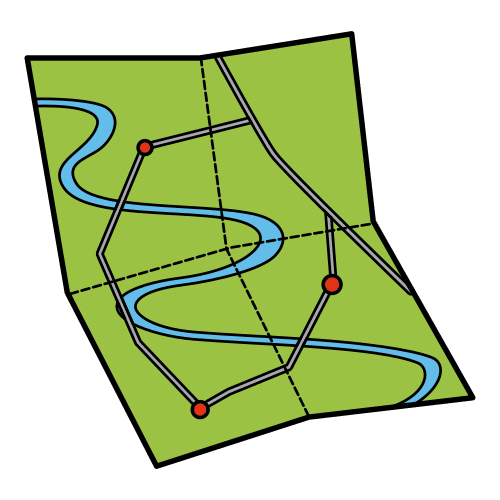 Let's try on a different map!
Let's try on a different map!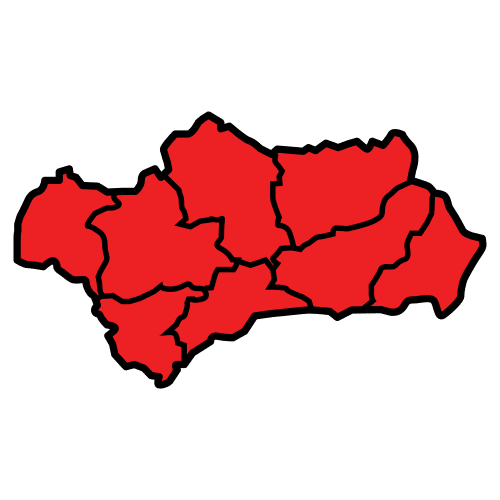 It is a map of Andalusia.
It is a map of Andalusia.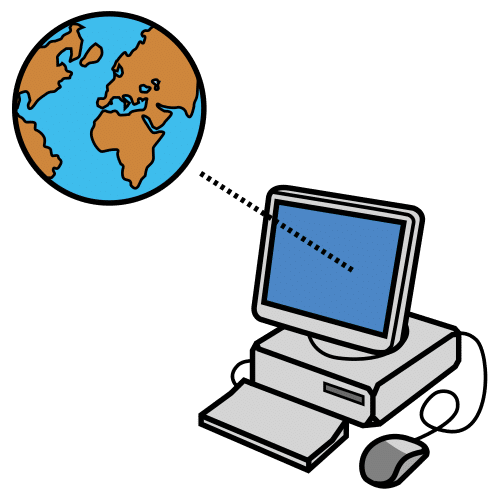 You can search images on the Internet.
You can search images on the Internet. You can move around the 8 provinces like in the task.
You can move around the 8 provinces like in the task.| Excellent! | Good! | Getting there! | Not there yet! | |
|---|---|---|---|---|
| I can give directions using a map. | I can give directions using a map fluently. (10) | I can give directions using a map slowly. (7.5) | I can give some directions using a map. (5) | I have problems giving directions using a map. (2.5) |
| I know how to talk about places. | I can differentiate the main places in a city and name them. (10) | I can talk about most of the main places in a city having some mistakes naming them. (7.5) | I have some problems talking about the main places in a city. (5) | I don’t know how to talk about places. (2.5) |
| I can ask and answer for a place. | I can ask and answer for a place fluently. (10) | I can ask and answer for a place slowly. (7.5) | I have some mistakes asking and answering for a place. (5) | It’s very difficult for me to ask and answer for a place. (2.5) |
| I know how to locate something or somebody in a map. | I can locate something or somebody in a map. (10) | I locate something or somebody in a map but sometimes I make mistakes. (7.5) | I have some problems locating something or somebody in a map. (5) | I can’t locate something or somebody in a map. (2.5) |
Licensed under the Creative Commons Attribution Non-commercial Share Alike License 4.0